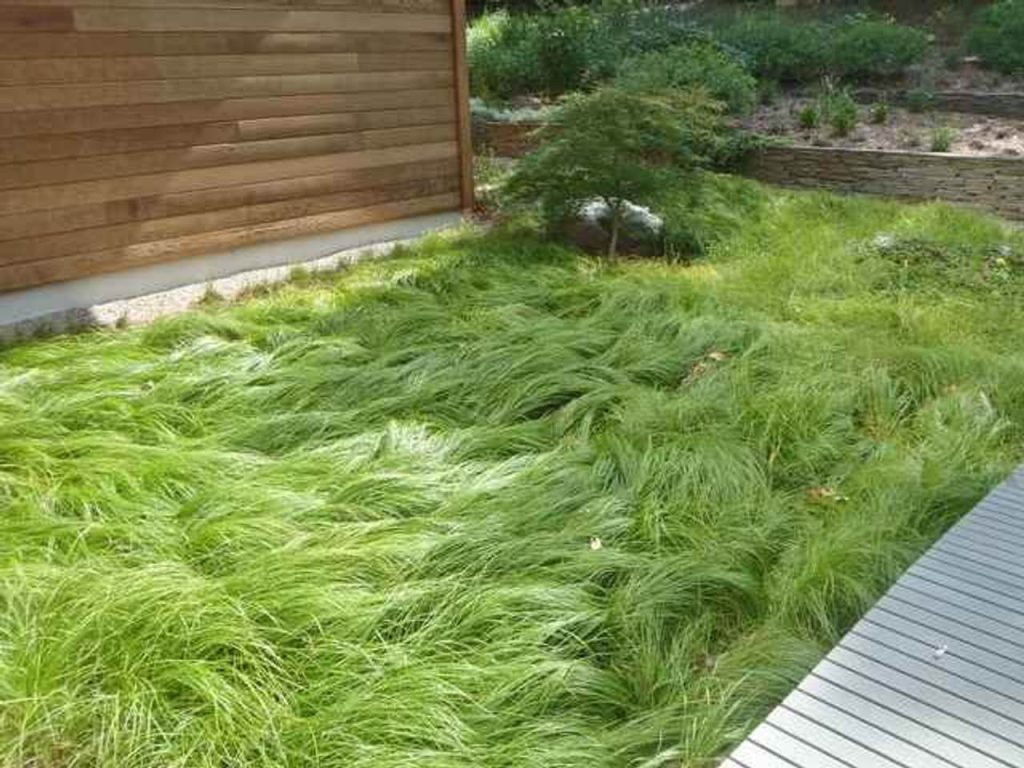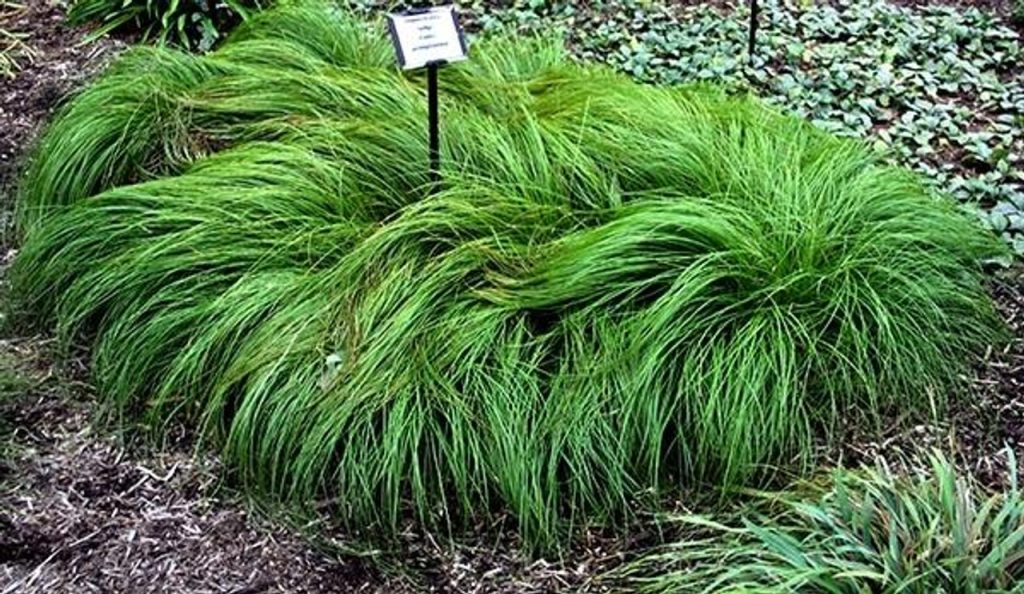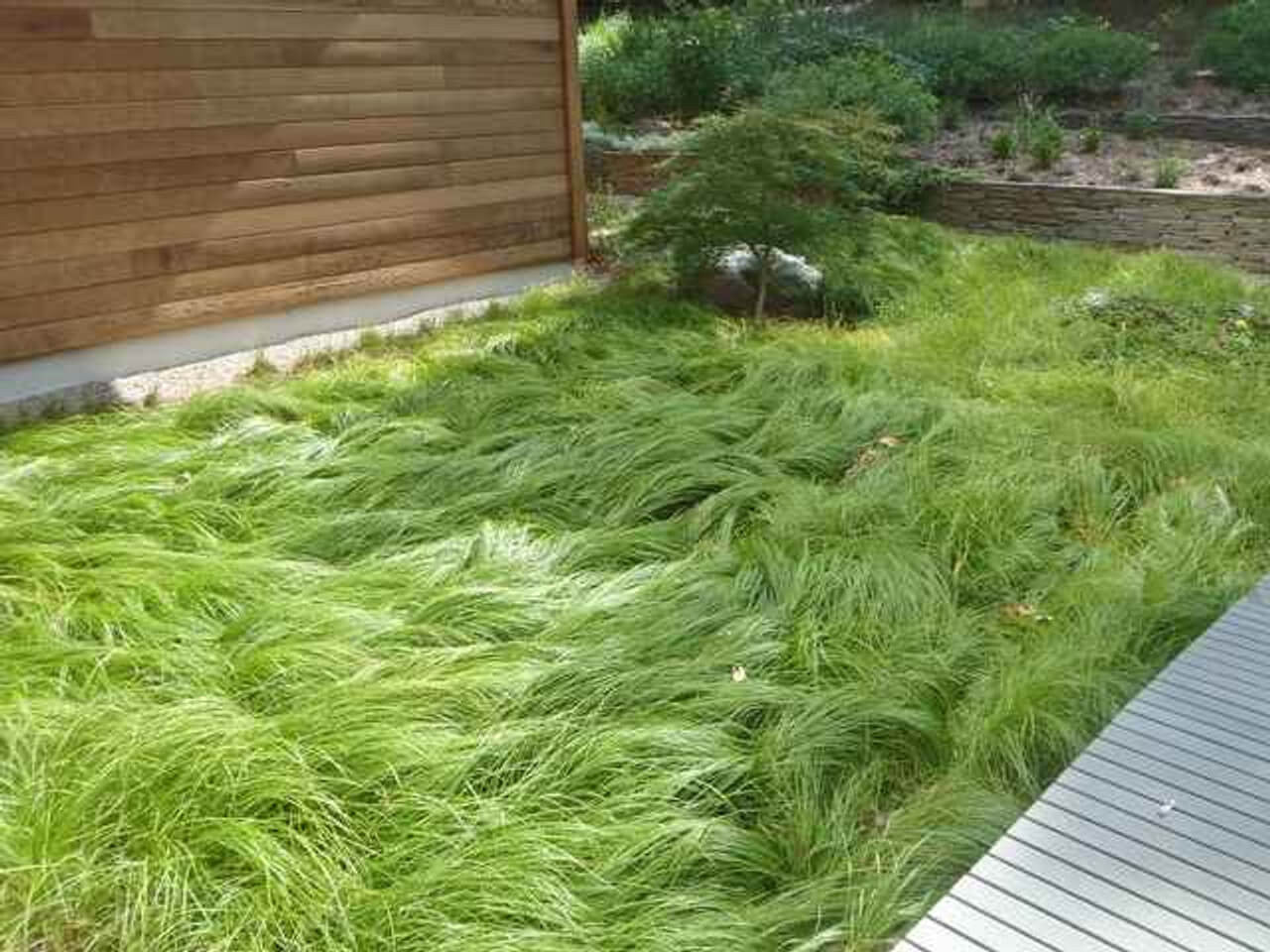Let’s dive into more details! Are you ready to explore? Let’s commence our journey.
Essential Facts
Behold the captivating emerald carpet created by the petite, elongated foliage of Pennsylvania Sedge. This renowned sedge serves as a superb alternative to grass or a splendid ground cover. Its propagation occurs gradually through rhizomes, thriving when arranged in expansive clusters.
Are you curious for more? Let’s embark on the quest for knowledge.
General Knowledge
Carex pensylvanica displays loose clusters of leaves that grow in a tufted manner. Its extensive underground rhizomes and stolons rapidly expand, giving rise to vast colonies that form dense mats.
The foliage boasts delicate textures and exhibits a vibrant shade of green. The blades can reach up to a length of 12 inches, measuring a mere 1/8 inch in thickness. These slender, glossy leaves retain their semi-evergreen nature.
Pennsylvania Sedge thrives best in shaded areas or woodland gardens. However, it can also tolerate the sun in cooler climates, as long as it receives adequate moisture. In May, dainty eight-inch flowers bloom, attracting various pollinators, including caterpillars of multiple species. It serves as a secure haven and nesting material for wild birds. Once established, it exhibits semi-evergreen characteristics and displays resilience in drought conditions.

General Care
While Pennsylvania Sedge can endure heavy shade and damp soil, it prefers drier to moderately moist shade. This versatile plant proves to be an excellent substitute for grass in shaded regions, but it may not withstand heavy foot traffic.
Mowing the plant to maintain a 2-inch height is only required once or twice throughout the season.
Remarkably, Pennsylvania Sedge is naturally resistant to pests, deterring deer and other herbivores.
Similar to other groundcover plants, it should be pruned to the ground during late winter.
Landscape Applications
Carex pensylvanica holds immense value as a grass substitute, groundcover, or border plant in shade gardens. Its captivating presence shines when grown in serene groups or expanses. Notably, these plants aid in controlling erosion and are well-suited for deer-resistant gardens, low-maintenance landscapes, water-conscious landscapes, and habitats that support wildlife.
It proves to be an exceptional natural alternative to popular Asian groundcovers such as Liriope muscari and Ophiopogon japonicus.

Complementary Plants
Consider pairing Pennsylvania Sedge with any of the following recommended companion plants.
Antennaria neglecta
Also known as Field Pussytoes, Antennaria neglecta belongs to the composite family and thrives as a stoloniferous, mat-forming, herbaceous perennial. While it has the potential to grow up to a height of 1 foot, it typically reaches a height of less than 12 inches. In spring, it forms a rosette of basal leaves and occasionally produces an inflorescence on a short stalk. The basal leaves have oblanceolate shapes with smooth margins, measuring 2 inches in length and 12 inches in width.
Chrysogonum Virginianum
Chrysogonum, commonly referred to as Green and Gold, represents a low-growing rhizomatous perennial with a dense mat of leaves. It attains a height of 1 to 2 inches and spreads over 18 inches or more. This plant thrives in woodlands spanning from Pennsylvania to Florida and Louisiana.
Ideal for shaded ground cover, woodland gardens, native plant gardens, and naturalized areas, it also serves as a suitable edging plant for walkways. Additionally, it adds charm to shady sections of borders and rock gardens.
Iris cristata
The clusters of slender, pointed leaves of this iris
reach a height of merely 4 to 16 inches. Its blue-violet blossoms exhibit sepals adorned with a central yellow or white band, often streaked with purple.
Phlox Divaricata
Wild Blue Phlox showcases blooming splendor for over a month, gracing shaded areas during late spring and early summer. The fragrant flowers boast a wide array of colors, including lavender, blue, pastel pink, and white. These tubular, five-petaled blossoms attract butterflies, clearwing moths, and hummingbirds.
Now that we have ventured through these remarkable details, may your gardening endeavors flourish with creativity and joy!
